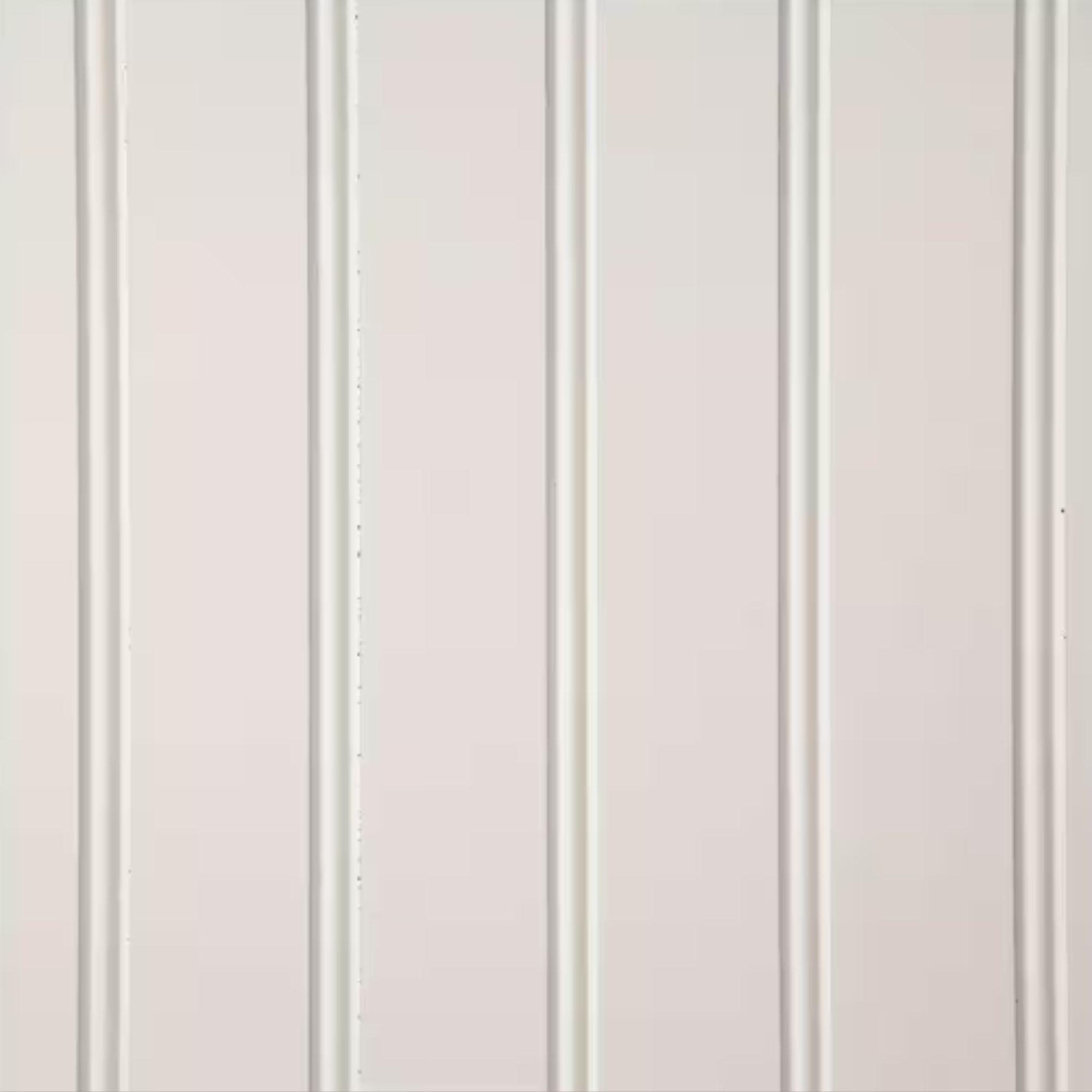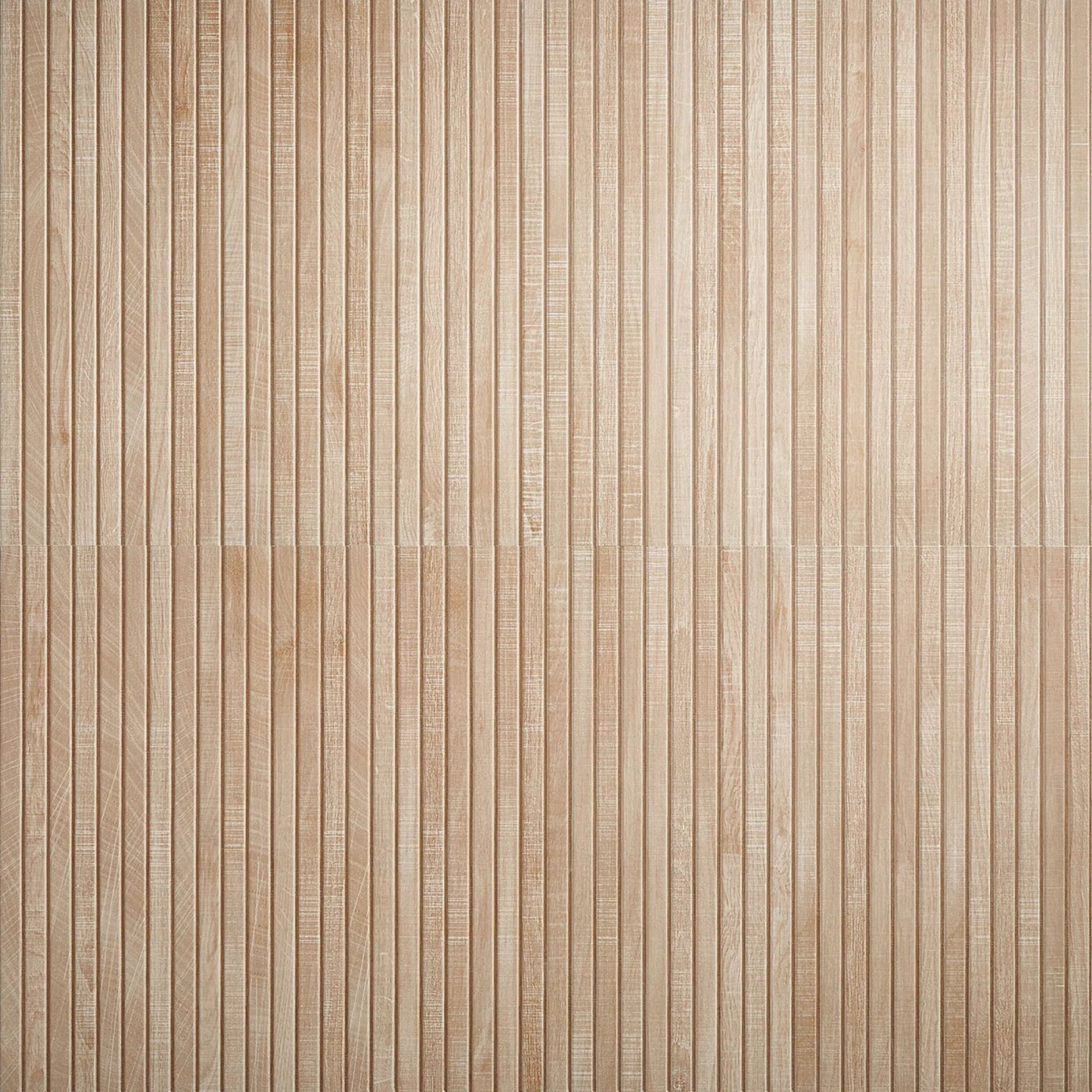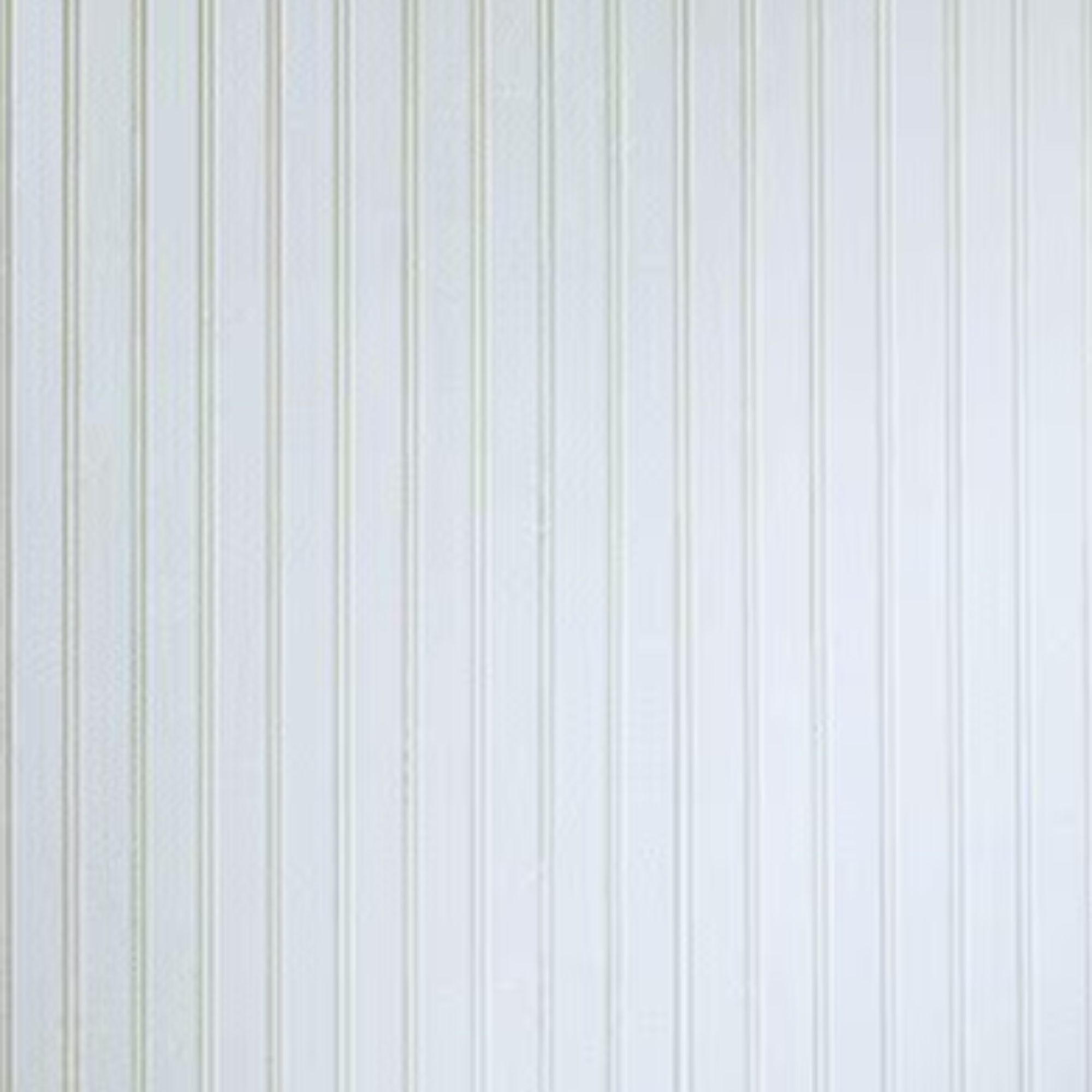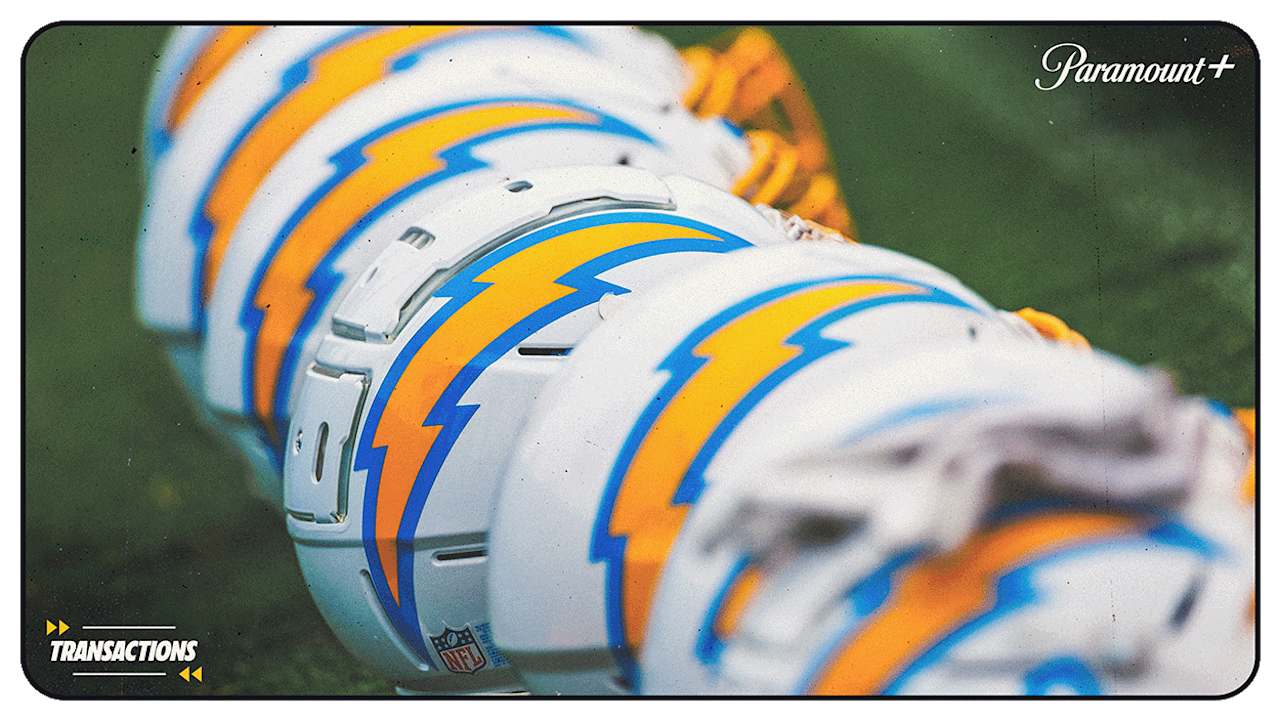I’ve been noticing an unexpected feature in a lot of kitchens right now – a paneled backsplash. Where tile or stone have always been the prominent material of choice, wood is taking its place.
Paneled wood backsplashes are not a new idea; you would likely find them in old country kitchens, but as tastes and trends change, they fell out of fashion, replaced with statement stone and the ever-popular subway tile as the most on-trend kitchen backsplash idea.
However, 2025 is the year for characterful, once-forgotten features to make a comeback, and kitchen paneling is no longer just for the cabinetry. I’ve asked designers why paneled backsplashes are making a return, and if they are actually practical for such a functional aspect of the design.
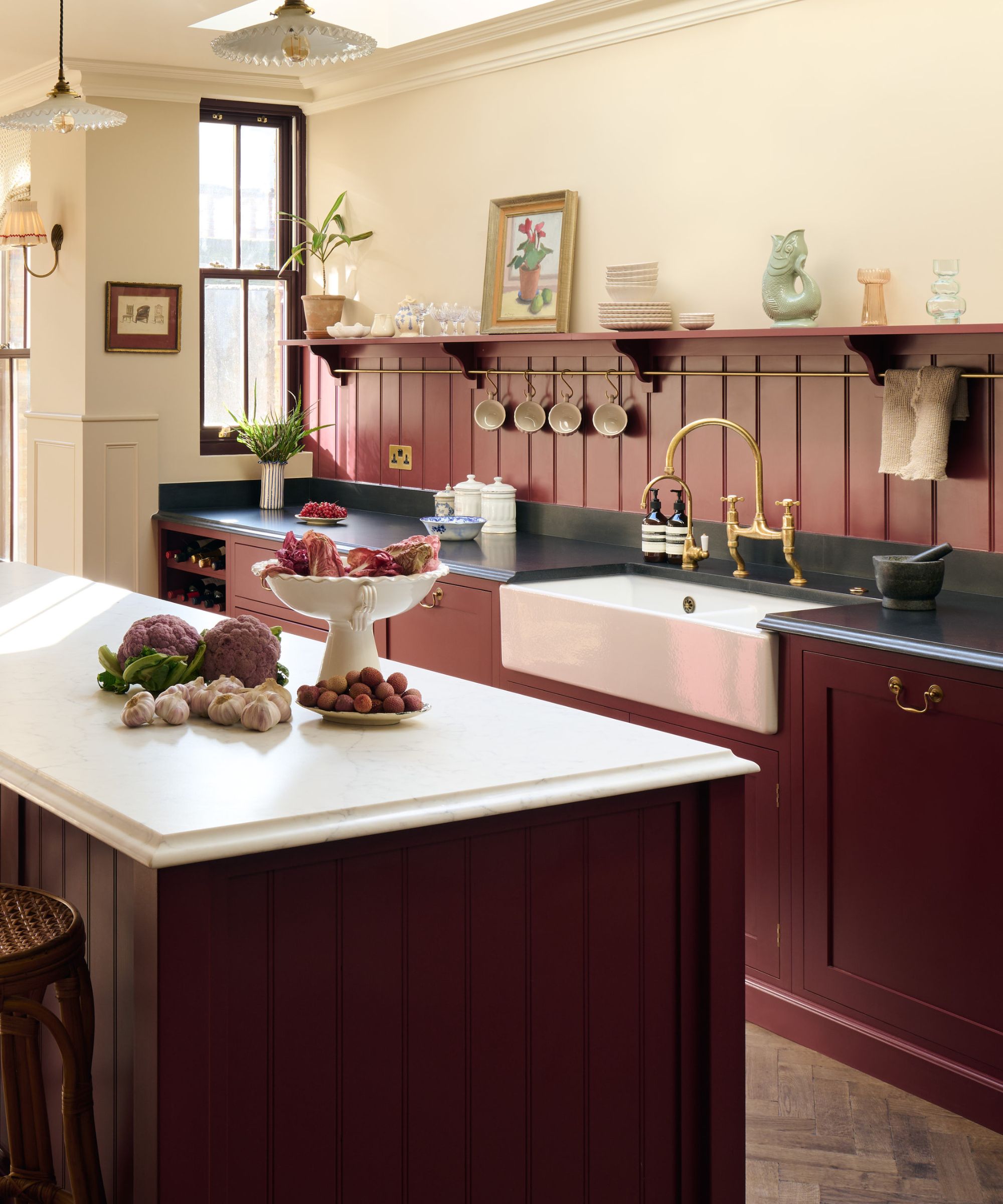
(Image credit: deVOL Kitchens)
Paneling is one of the most timeless wall finishes you can introduce to your home. In bedrooms, living rooms, and even hallways, it’s become a go-to way to add texture and interest to our spaces.
And since we are now decorating kitchens more like these lived-in, softer spaces, it makes sense that we are seeing paneling start to be used more frequently, in more unexpected spaces of the kitchen.
‘A paneled backsplash has this quiet elegance to it; it’s unfussy but still feels intentional and tailored. That’s part of its appeal. It reads as more architectural than decorative, which is probably why it’s having a moment right now,’ says interior designer Christopher Boutlier.
‘So many clients are gravitating toward kitchens that feel timeless, not trendy. Paneling fits right into that. It has roots in historic millwork and joinery, so even when it’s used in a modern space, it carries that sense of permanence and tradition,’ he adds.
This kitchen trend also coincides with the shift toward more lived-in, sociable kitchens that feel less like utilitarian rooms and more like a multi-functional space where people gather and spend time.
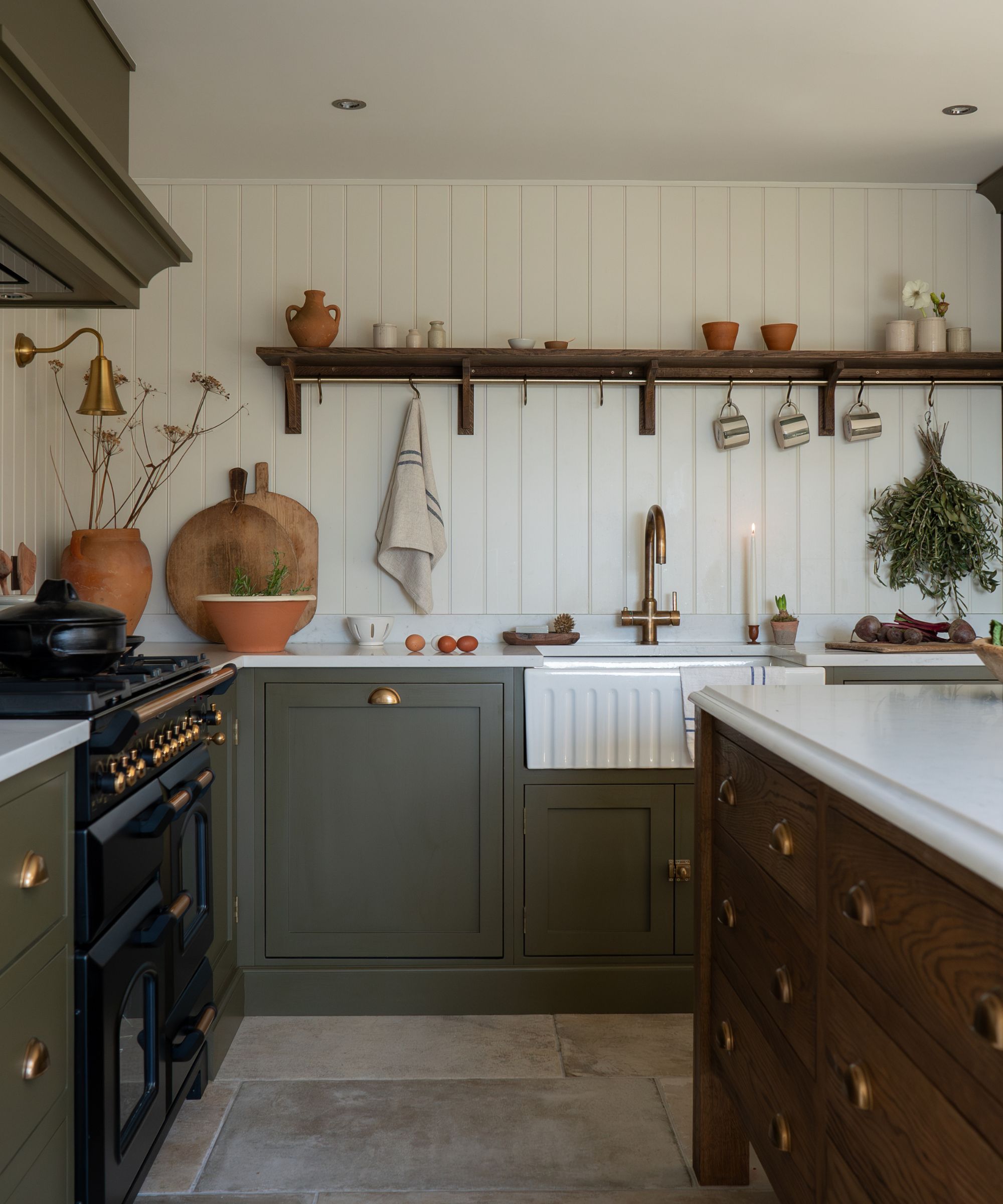
(Image credit: Hendel & Hendel)
‘The trend for paneled kitchen backsplashes reflects a wider move towards kitchens that feel more like living spaces. Paneling is a familiar architectural feature that helps bridge the gap between utility and comfort, especially when paired with open shelving or painted in warmer, tonal shades,’ notes Richard Davonport, managing director at Davonport.
It also brings that curated look typical of cozier rooms, especially if you incorporate it into your kitchen in the right way. And a favored approach seems to be matching the existing colors and materials in your space.
‘It’s also incredibly cohesive. When the backsplash is paneled in the same material or color as the cabinetry, the kitchen reads more like a single piece of furniture rather than a collection of competing surfaces,’ adds Christopher.
‘That’s especially helpful in open-plan homes, where the kitchen is fully visible from other rooms. The continuity is calming. It doesn’t call attention to itself, but it elevates the whole space.’
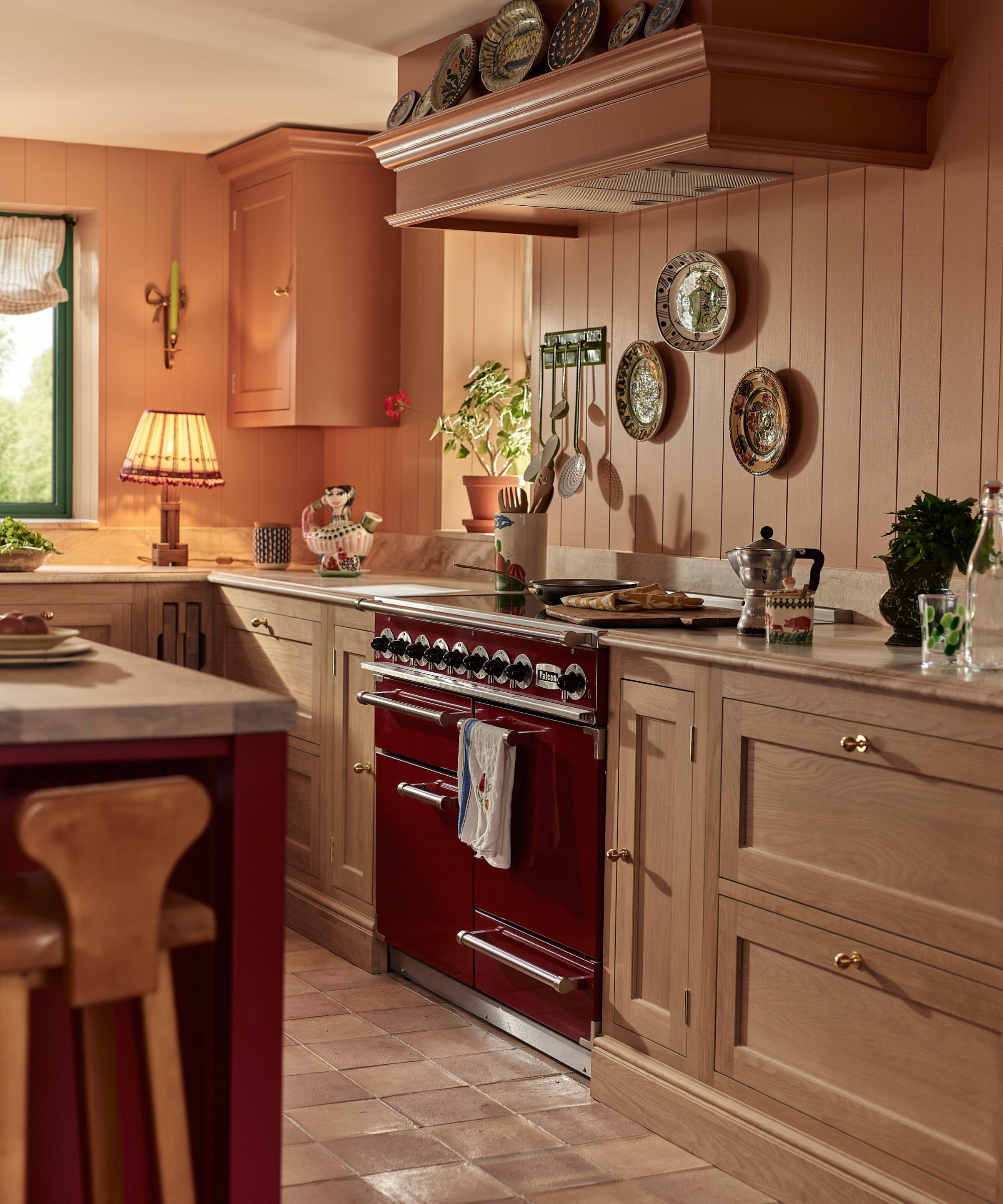
(Image credit: Neptune)
There are some practical things to consider with this trend, though. Paneling is made from wood, a natural material that isn’t as durable against water and spills, so consider if this will be an issue in your space.
‘A lot of paneling is MDF or wood veneer, which can be vulnerable to moisture and grease. You have to be realistic about where you’re using it. I wouldn’t put it behind a range unless there’s a sheet of glass or stainless over it,’ warns Christopher.
‘But in lower-impact areas, like behind a kitchen sink or around open shelving, it can work beautifully, especially with a durable satin or semi-gloss finish that can handle daily cleanup.’
Making sure the paneling is installed properly is crucial, too. ‘Proper installation, sealant, and ventilation are key. If these aren’t done correctly, moisture can cause warping to the material,’ adds Maggie Goodrich, of Third Street Architecture.
‘To ensure long-term performance, we recommend sealing all edges and applying a durable paint or clear topcoat, depending on the finish. Good ventilation and regular cleaning will also help the surface age well over time,’ adds Richard.
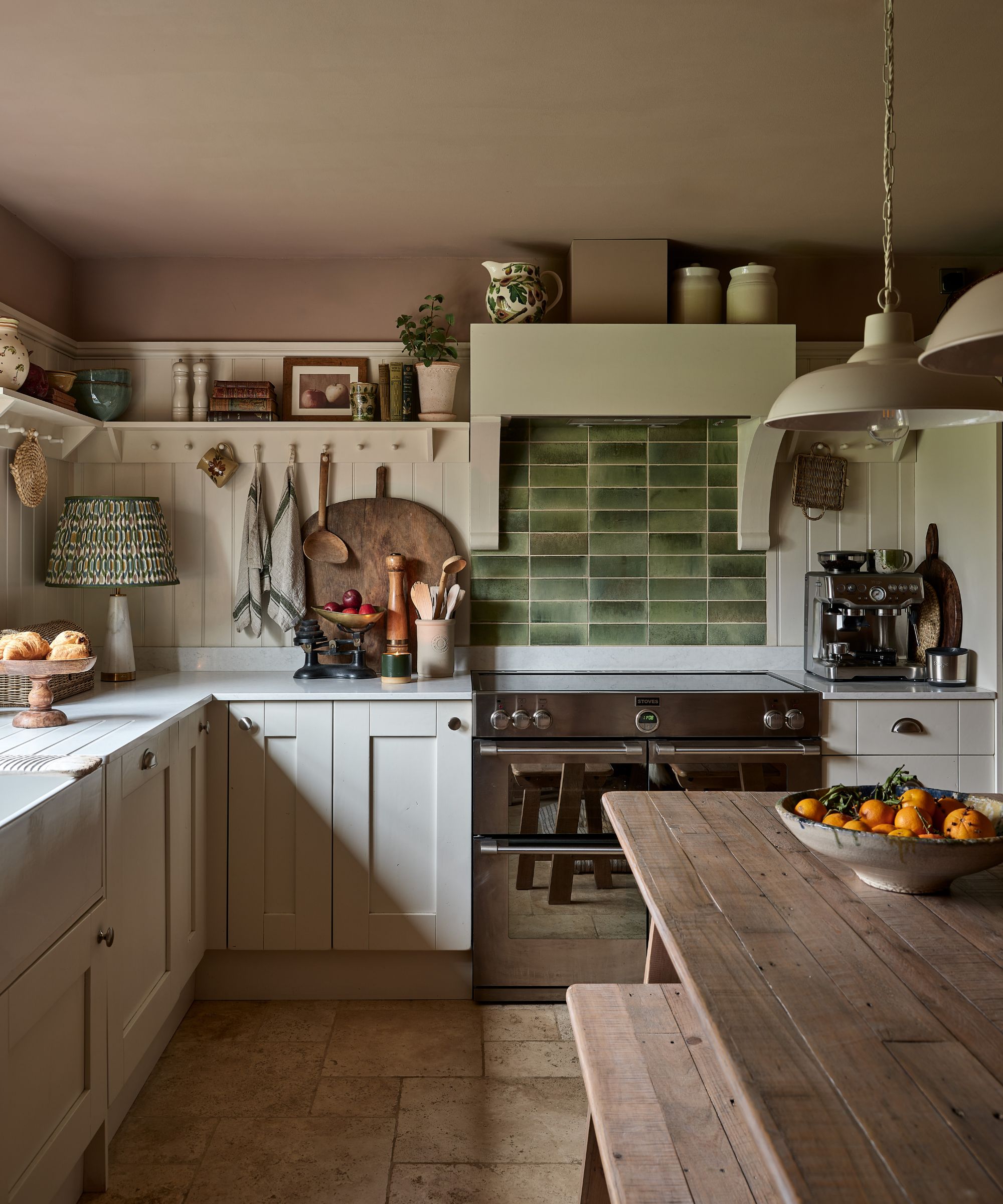
(Image credit: Ca Pietra/Jess Daines)
There are ways to work around the impracticalities. If you have your heart set on a paneled kitchen backsplash, you could mix materials in a stylish and considered way.
‘Paneling doesn’t have to be an either/or situation. I love it side by side with tiles,’ says Grazzie Wilson, head of creative at Ca’ Pietra, a look that is demonstrated in the charming kitchen above. ‘The pairing does something special, a sort of quiet background meets star of the show moment.’
‘That glossy green backsplash? Glorious. But it wouldn’t sing quite so sweetly without the simplicity of the paneling on either side. It’s the kind of detail that makes a kitchen feel properly layered, a bit collected, a bit curated, and never too matchy-matchy. Just how I like it.’
So, even though there are some practical limitations with this trend, these spaces prove that a paneled backsplash can be a timeless, characterful addition when introduced in the right way. It’s about curating your kitchen to feel lived-in and personalized, rather than a sterile room filled with cold, stark materials.
There are plenty of ways to make the process simpler, too. Paneling kits are a foolproof approach, like this set of 6 Nickel Gap Shiplap Panels, as you just have to trim the length to size, rather than trying to cut out entire panels yourself.
And, as Christopher notes, ‘The key is treating it like you would any other material in the kitchen: understand its strengths, know its limitations, and use it thoughtfully. When done right, it adds subtle texture, warmth, and a sense of history without ever feeling over-designed.’
It might be an unexpected kitchen backsplash trend, but it’s one that has enduring appeal. And if you’re wondering how interior designers elevate a backsplash, paneling is a firm favorite for a characterful yet subtle design feature.
Source link
